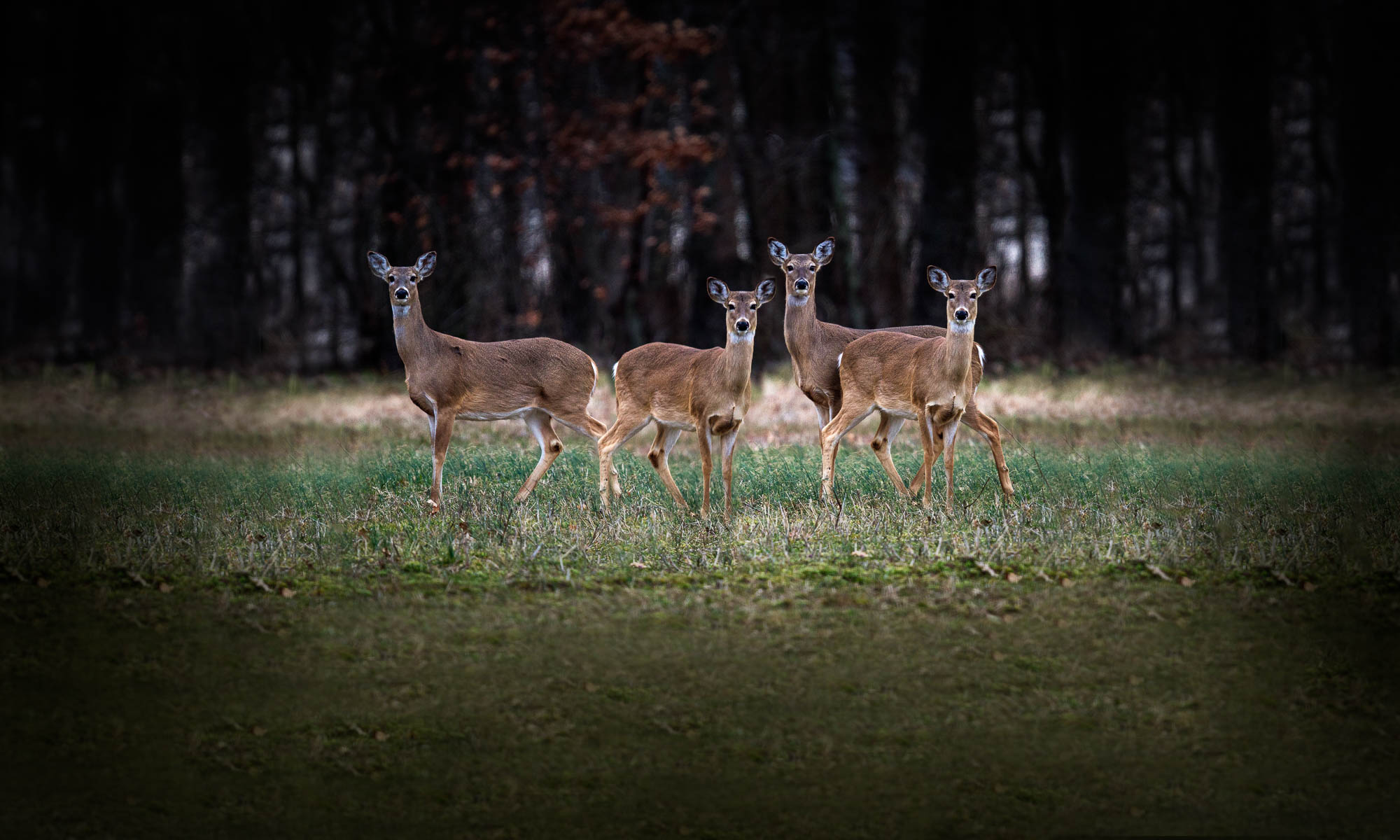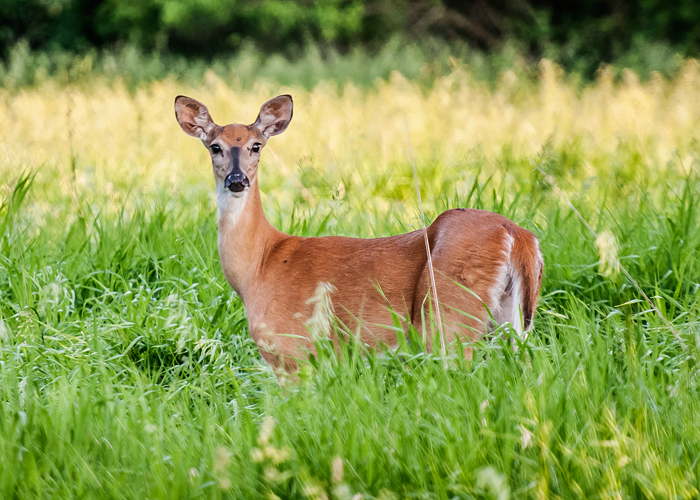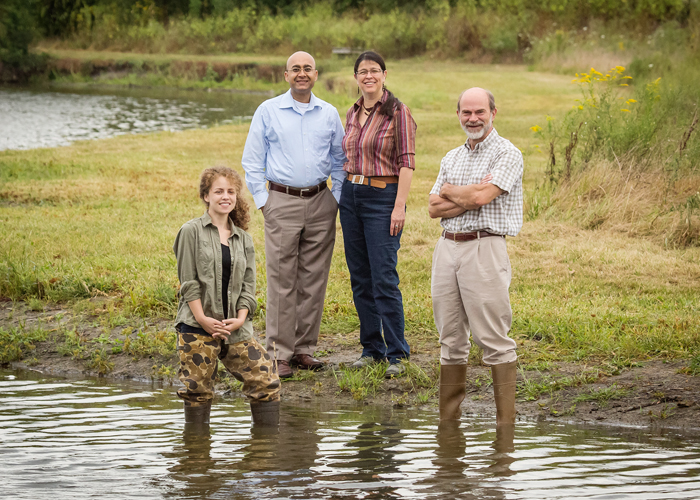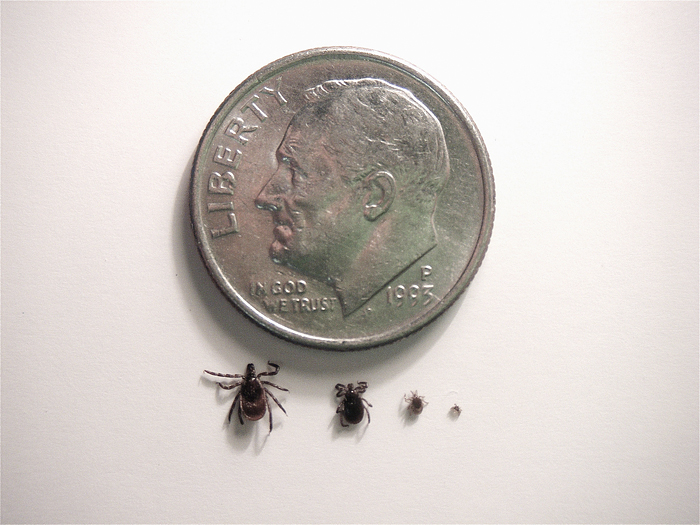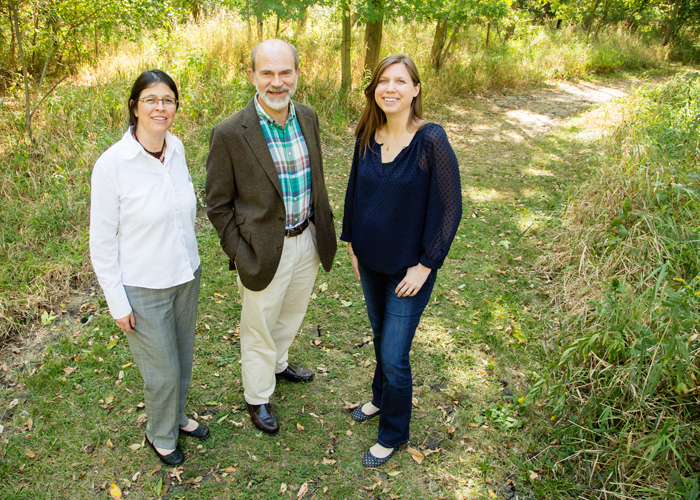
CHAMPAIGN, IL – In an effort to better understand the transmission dynamics of chronic wasting disease and the long-term health of the white-tailed deer herd in Illinois, the group recently investigated the trends in reproduction among females. The team has extraordinary access to samples through the state of Illinois Department of Natural Resources that annually collects fetuses from culled deer from January through March, a prime time for females to be pregnant.
Read the whole story at the “Tails” of Animal Sciences newsletter (March 2017, page 4).
